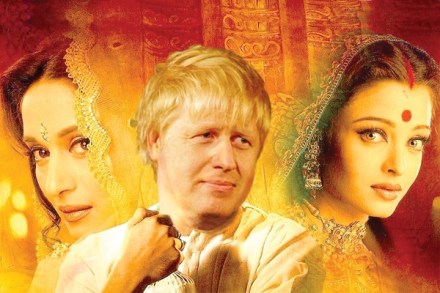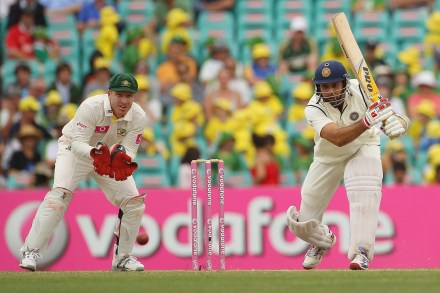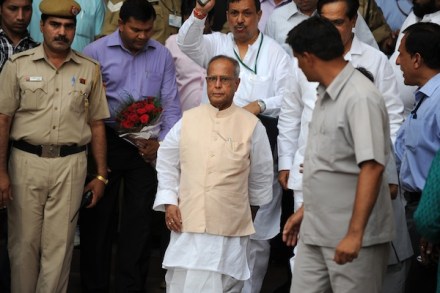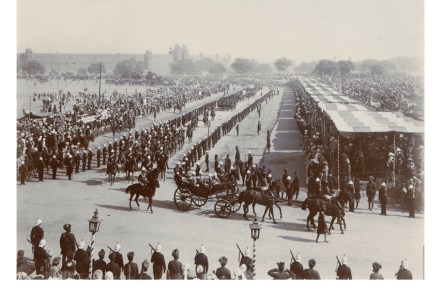David Cameron’s Immigration Reverse Ferret
If you seek cheap entertainment, the sight of government ministers defending their immigration policies to the foreign press is always worth a sardonic chuckle or two. And, lo, it came to pass that David Cameron assured Indian TV that, actually and despite the impression his coalition may have given, Her Britannic Majesty’s government is jolly keen on bright young Indians coming to the United Kingdom. Which is just as well. If, as the Prime Minister is keen on suggesting, Britain is but one entrant in a keenly competitive “global race” then it makes no sense at all to restrict our selection policy to those born on these sodden islands. The












